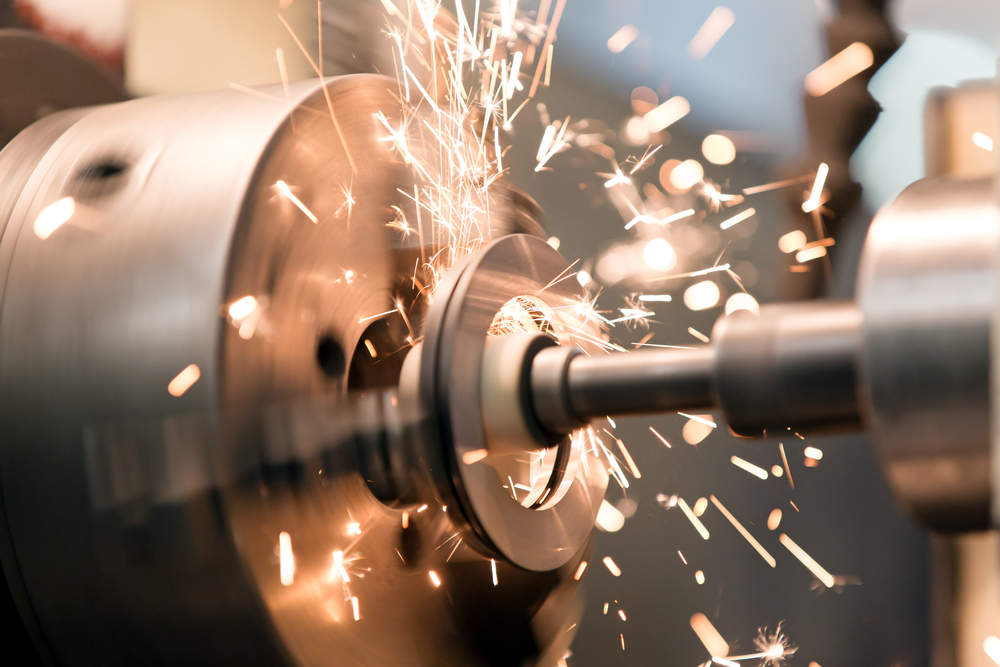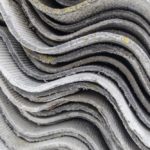News - Construction News
Reduce costs by reducing waste

Hazardous waste poses a substantial threat to our health and the environment. Despite this, we are still producing more than 400 million tons each year. That’s nearly 60kg per person – and this is only increasing according to a report from the World Wildlife Fund (WWF). Here, Richard Bastable, of NCH Europe’s Parts Cleaning innovation platform, explains how reducing waste can improve productivity, save companies money and make for a healthier working and living environment.
Hazardous waste is often a by-product of manufacturing processes. For most companies, much of this waste is created by using commercial products to clean a facility, equipment or parts and the misconceptions around water-based solutions. Traditionally, water-based products are believed to be less effective than cleaning products with harsh chemicals.
However, the reality is that not only do water solutions clean effectively, but they also result in less harmful waste and can reduce the frequency of waste collection. While the waste will still be hazardous due to the contaminant or dirt being cleaned, water-based technologies minimise the hazard by not adding more harsh chemicals into the mix, thus in turn also making that waste easier to recycle.
Waste created in industrial settings will often contain elements classified as hazardous. Some contaminants result in deposits forming on internal and external parts of equipment that are difficult to remove.
Traditionally, engineers must manually brush the affected areas often after soaking parts overnight. This is a time-consuming and inefficient process, demanding the attention of an engineer and keeping machines out of operation for longer than necessary.
Plant managers can resolve this by investing in automatic or high-pressure parts washers. Yet traditionally, most parts washers make use of harsh chemical solutions that add an extra chemical into the already hazardous run-off. When the time comes to dispose of this waste, the chemical solution has exacerbated the hazard classification of the waste.
In many countries, management of hazardous waste involves the completion of waste consignment forms, which comes at a cost to the waste producer. The fees involved are normally driven by the type and frequency of waste, rather than volumes, so reducing the frequency of waste movements can reduce your costs. Extending the lifecycle of the chemistry is key to reducing the waste being generated.
The producers of waste must also keep records and provide information about the composition and quantity of all hazardous waste to authorities. The information must be provided through a series of waste recovery, disposal, transport and transfer documents to ensure the process is carried out properly. The producer is ultimately responsible for the waste up to the point of final disposal, the so called ‘cradle to grave’ concept.
This is understandably a time-consuming and costly process, particularly if a plant produces lots of hazardous waste. Using water-based solutions and extending the lifecycle of the chemistry will subsequently reduce the frequency of waste movements and the associated costs.
Reducing the quantity of waste that facilities generate can significantly ease a company’s regulatory burden, as direct contact with solvents and the fumes produced in the cleaning process can be harmful to engineers. This means that companies must consider how chemicals are used, the different chemicals they are exposing workers to and ultimately how the waste is disposed of.
Therefore, it is recommended that businesses should partner with a service provider that offers an all-inclusive service that meets regional regulations to ensure safe handling, carriage and disposal of hazardous waste without elevating costs.
Of course, this is only a partial solution. To decrease the amount of hazardous waste from the WWF’s reported 60kg per person, plant managers must address the problem at the source. This means finding alternatives to traditional chemical solutions where possible, be it in plant, equipment maintenance or parts cleaning.
If you would like to read more articles like this then please click here.
Related Articles
More News
- SMEs remain unprepared as cyber threats escalate
19 Apr 24
SMEs neglect cyber security, making them easy targets for a wide range of attacks, including
- I&G to build new Rob Burrow Centre for Motor Neurone Disease
18 Apr 24
I&G has been appointed to build the new Rob Burrow Centre for Motor Neurone Disease
- Glasgow Ship Build Hall progress
17 Apr 24
Turner & Townsend has been appointed as the New Engineering Contract Project Manager to support





